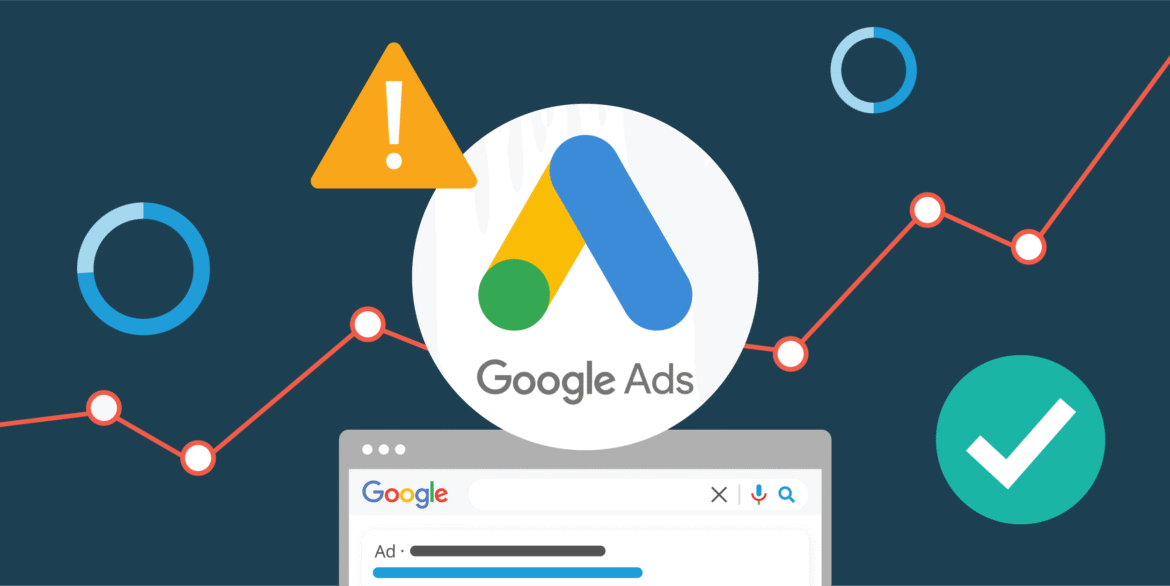Running successful Google Ads campaigns is about much more than just crafting compelling ads or choosing the right keywords. One of the most critical—and often underestimated—components of any high-performing campaign is the landing page. A well-designed landing page can significantly influence whether a visitor takes action or abandons the site, directly impacting your campaign’s conversion rate and return on investment.
Businesses that understand this principle often turn to a trusted Google Ads Marketing Company to create a seamless connection between ad and landing page. A professional agency ensures that the landing page supports the ad’s intent and delivers a consistent, user-focused experience that encourages conversions.
Below, we explore why landing page design plays such a vital role in Google Ads success and how to optimize it for better performance.
Why Landing Page Design Matters
Your landing page is the final destination in the user journey after they click on your ad. It’s where the actual conversion—such as a form fill, phone call, or purchase—takes place. Even if your ad receives a high click-through rate (CTR), a poorly designed landing page can lead to a high bounce rate and lost opportunities.
Google also evaluates your landing page quality when determining your Quality Score, which in turn affects your ad rank and cost-per-click (CPC). A user-friendly, relevant landing page helps maintain lower advertising costs and improves campaign outcomes Enterprise SEO Services.
Key Elements of an Effective Landing Page
1. Message Match
The landing page must reflect the promise made in your ad. If your ad offers “50% off digital marketing services,” your landing page should highlight this offer prominently. Consistency builds trust and reinforces relevance, improving the likelihood of conversion.
2. Clear Call-to-Action (CTA)
The CTA is the most important element of your landing page. It should be:
- Easy to find
- Clear and concise
- Positioned above the fold
- Action-oriented (e.g., “Get a Free Quote,” “Book a Consultation”)
Having one primary CTA helps prevent confusion and guides users toward a specific action.
3. Simple and Focused Layout
Too many distractions can dilute your message. An effective landing page keeps the focus on the user’s goal:
- Limit navigation links to keep users on the page
- Use whitespace to improve readability
- Avoid overwhelming users with excessive information
A clean, clutter-free layout improves engagement and encourages action.
4. Responsive Design
With a growing number of users browsing on mobile devices, your landing page must be fully responsive. A poor mobile experience can increase bounce rates and decrease conversions.
- Ensure buttons are tappable
- Use mobile-friendly forms
- Optimize load speed for slower mobile connections
5. Fast Load Time
Speed matters. If your landing page takes too long to load, users will abandon it before even seeing your offer.
Use tools like Google PageSpeed Insights to test and improve your load time by:
- Compressing images
- Minimizing code
- Reducing redirects
6. Trust Signals
Trust is crucial, especially for users encountering your business for the first time. Add elements that increase credibility, such as:
- Customer testimonials
- Client logos
- Certifications or awards
- Secure payment icons (for e-commerce)
These trust signals can help reduce skepticism and encourage users to complete the desired action.
7. Conversion-Optimized Forms
If your landing page includes a form, keep it short and to the point. Asking for too much information too early can deter potential leads.
- Ask only for necessary details
- Use clear field labels
- Include privacy disclaimers to reassure users
How Landing Page Design Affects Google Ads Performance
Google Ads takes your landing page experience into account when assigning your Quality Score. A higher score results in:
- Lower CPCs
- Higher ad placements
- Better ad visibility
Moreover, a well-designed landing page increases conversions, which directly improves your return on ad spend (ROAS). It ensures you’re not just paying for clicks—but getting value from them.
Tips for Continuous Optimization
Improving landing page performance doesn’t stop at launch. Regular A/B testing and data analysis are essential for ongoing success.
Key areas to test include:
- CTA button colors and wording
- Headline variations
- Images or visual layouts
- Form lengths and field labels
Use analytics and heatmaps to understand user behavior and refine the design based on real data.
Conclusion
A well-designed landing page is a critical component of any effective Google Ads campaign. It acts as the bridge between the click and the conversion and has a direct impact on your campaign’s success. By focusing on relevance, usability, trust, and performance, you can transform your landing pages into high-converting assets.
Working with an experienced Google Ads Marketing Company ensures that your landing pages are crafted strategically to align with your ads and drive meaningful results. With the right approach, your campaigns can achieve not only more clicks but more qualified leads and greater business growth.
